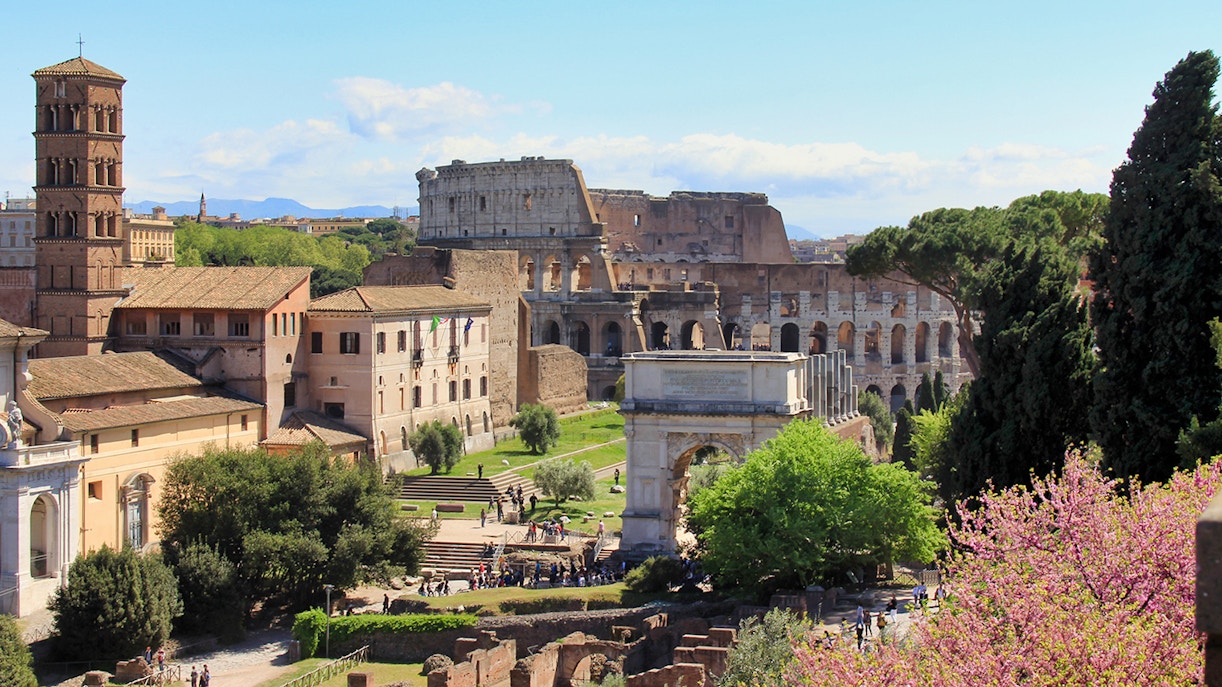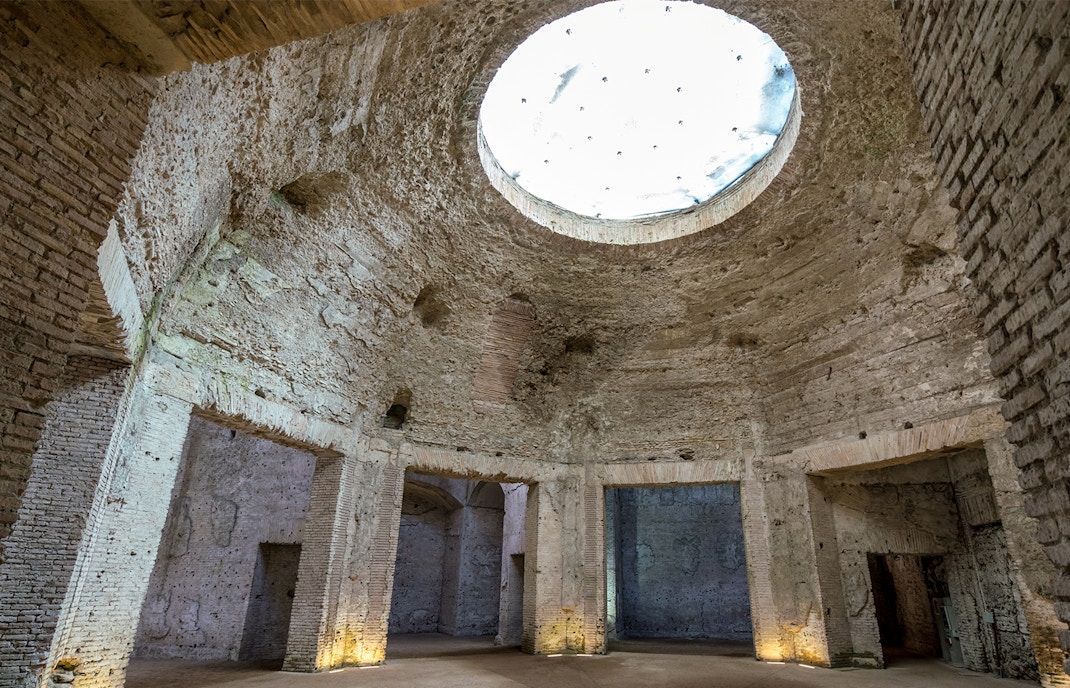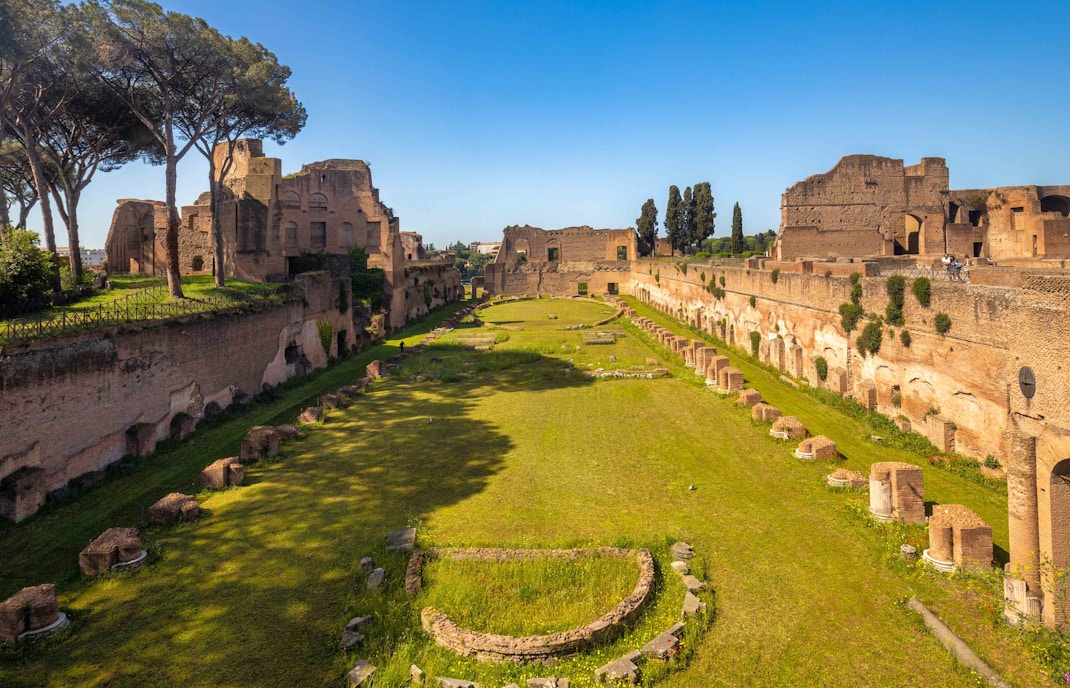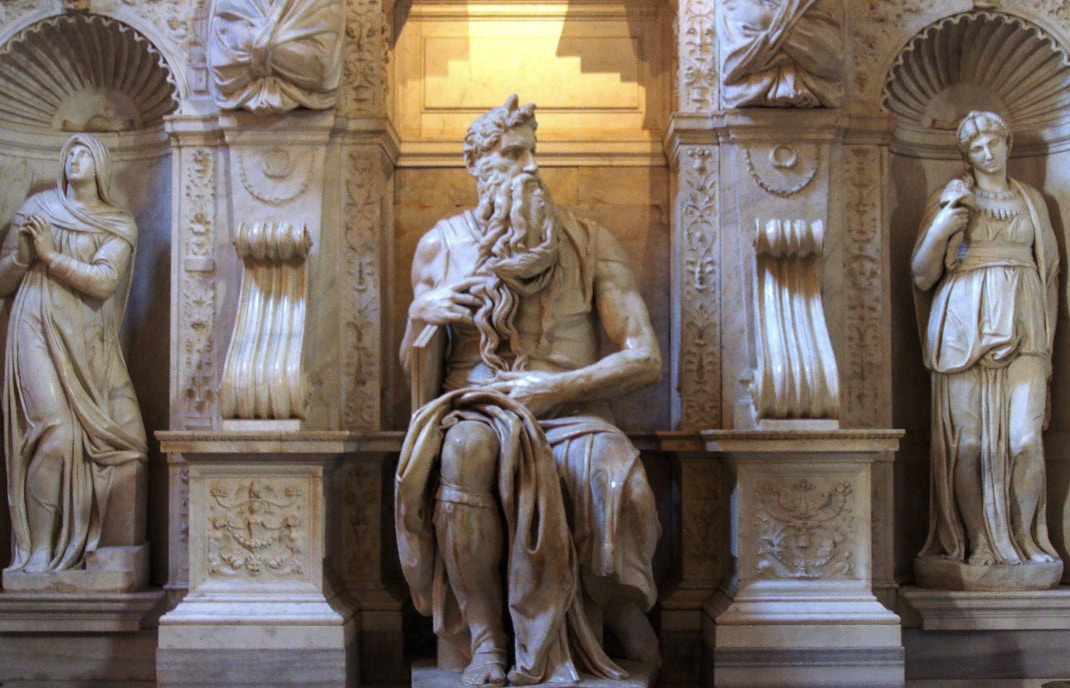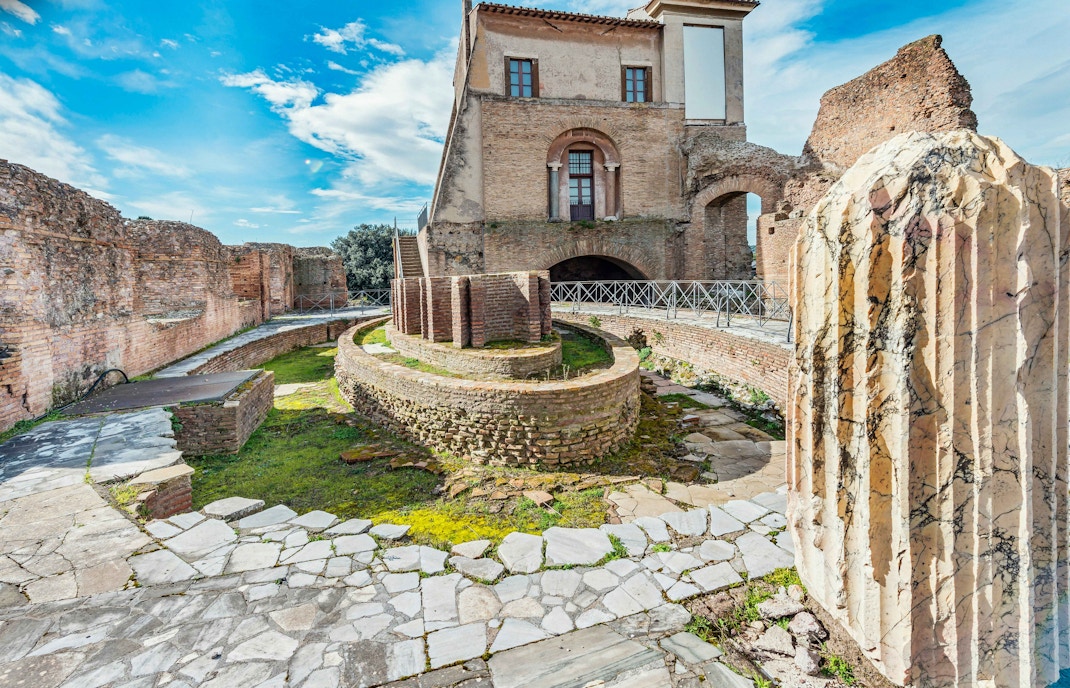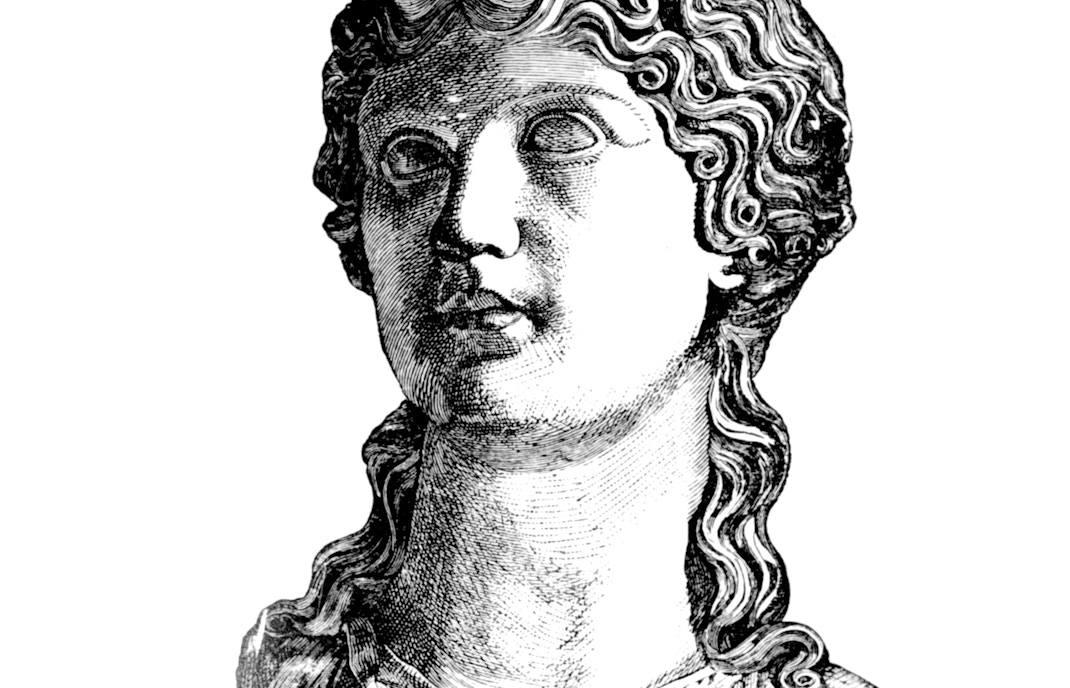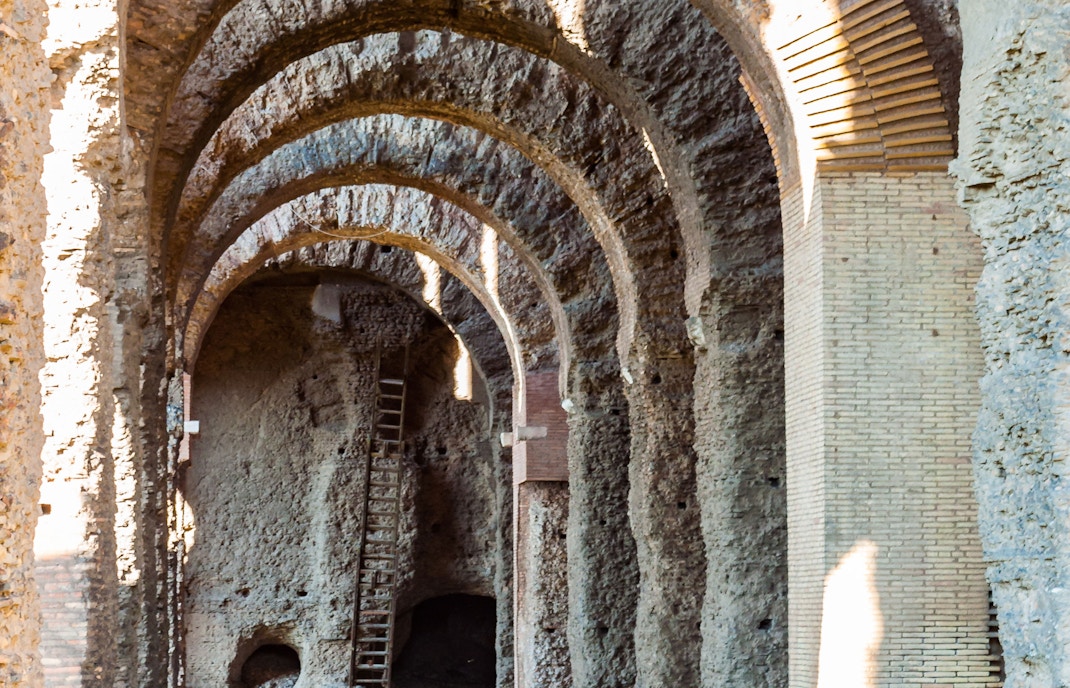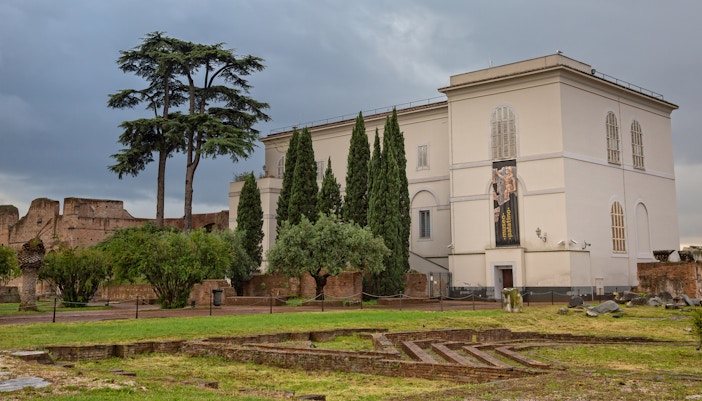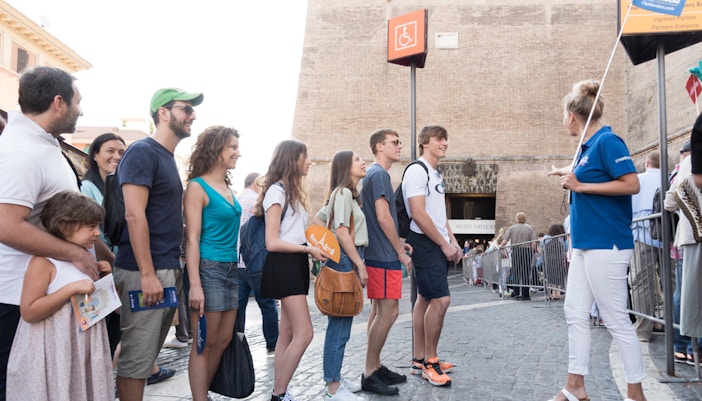Highlights: Artifacts from the Middle Palaeolithic era, sculptures of Augustus and Livia, frescoes and mosaics from Roman villas, objects from Iron Age tombs, and ruins from imperial palaces including the Houses of Augustus and Livia.
Current use: An archaeological museum showcasing finds exclusively from Palatine Hill—offering a layered look at Rome’s evolution from its earliest settlements to its imperial grandeur.
Entrance: No separate entrance; included with all Colosseum, Roman Forum & Palatine Hill tickets.
Unique facts:
- Located atop the ruins of Emperor Domitian’s palace, with views over Circus Maximus.
- Exhibits span from prehistoric times to the 4th century AD, tracing the transformation of Roman life.
- Features rare finds from the so-called “Hut of Romulus,” linked to Rome’s legendary founding.
- Houses long-lost artworks and daily-life objects from the Roman elite, uncovered during excavations.
